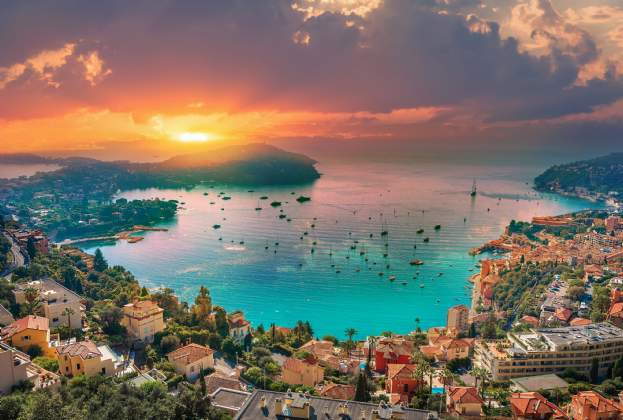In the 2023 Autumn Statement the Government announced an end to a four-year freeze in rates for Local Housing Allowance (LHA), the maximum amount people renting from a private landlord can claim in Housing Benefit or Universal Credit. On the 31 January these new rates for 2024-25 were confirmed, signalling an increase on average by 17 per cent, or £110 more per month.
The last time rates were increased was in April 2020. But since then, private rents have grown on average by 29 per cent in the UK to November 2023, according to Zoopla, as demand continues to outstrip supply. This suggests those reliant on housing benefit will continue to struggle in the increasingly competitive private rented sector.
The increases come in the wake of our recent research, which examined the state of the private rented sector in London. We found that only 2.3 per cent of London new rental listings on Rightmove were affordable in 2022-23 for those reliant on housing benefit, falling from 18.9 per cent in 2020-21.
We also analysed the situation across England, finding that non-benefit-capped claimants could only afford the cheapest 3 per cent of homes listed for rent in 2022-23, far below the intention for LHA to cover the cheapest 30per cent of homes.
Where are the biggest increases?
Rates for shared accommodation have the biggest increase of 21 per cent, followed by 4-bed properties (18 per cent). 1 to 3-bed properties will all increase by 16 per cent compared to current rates. All of these increases are much lower than the uplift in average rents reported by Zoopla.
In money terms, parts of London and the South will see the greatest annual increases. But when considered as a proportion of already high rents, LHA rates in London have increased less than the national average at only 14 per cent.
As a proportion of existing rents, the greatest average increase will be in Bristol at 34 per cent, equating to £293 more per month. This is generally in line with the increase in private rents since April 2020, with growth of 33 per cent to November 2023 according to Zoopla. Manchester will see the second greatest increase of 32 per cent (£221), however this falls below the 36 per cent growth in rents in the same time period. Glasgow will also see a significant increase of 32 per cent (£223), yet this is far below the 46 per cent growth in private rents. In Scotland the impact of rent control policies has reduced the level of supply in the market, driving continued growth.
Many areas will see low increases to LHA in spite of significant rental growth. In Ceredigion in Wales, Darlington, and Dumfries and Galloway, rates will increase by just 7 per cent, equating to less than £30 more per month. Yet these areas have had rental growth of 20 per cent, 16 per cent, and 12 per cent respectively since rates were last increased.
.jpg)
.jpg)
.jpg)


.jpg)
.jpg)
.jpg)

(1).jpg)
(1).jpg)